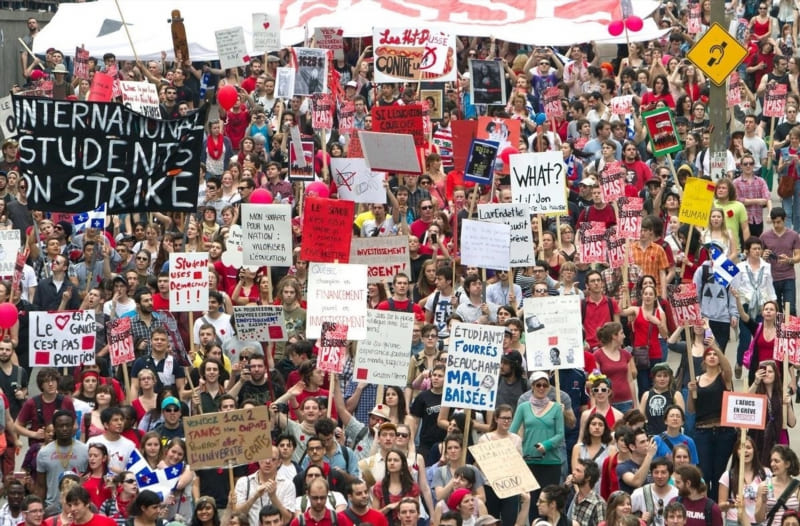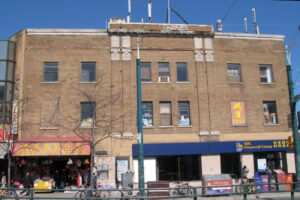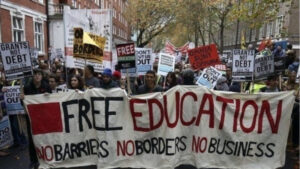Montreal’s 2012 Student Movement: An Overview
In 2012, Montreal was abuzz with the fiery energy of student protests. The streets were filled with thousands of young voices echoing demands for fair tuition and an accessible education system. But while the world watched Montreal, many failed to notice the striking similarities between this movement and the Chilean student protests happening around the same time.
The Chilean student movement demanded an overhaul of their education system, which they believed was too commercialized and inaccessible. They called for a free, quality education for all, similar to the demands of the Montreal students. But why were these two seemingly disparate movements so synchronized in their demands and approach? Let’s delve deeper.
Montreal & Chile: A Tale of Two Movements
The essence of both movements was driven by a shared feeling of disillusionment. Both student populations felt that their respective governments were prioritizing profit over people, making education a luxury rather than a right. While the specifics of their demands varied, the core message was clear: education should be accessible to all, regardless of socio-economic background.
Chile’s education system, heavily influenced by the Pinochet-era policies, had become one of the most privatized in the world. Meanwhile, in Montreal, a proposed tuition hike threatened to put higher education out of reach for many.
These protests were not just about education, though. They represented a broader disillusionment with the system and a call for more significant societal reform. In both cases, students were the torchbearers of change, drawing attention to larger issues plaguing their societies.
What Fueled The Fire? The Underlying Causes

Education, at its core, is about shaping future generations. However, both in Montreal and Chile, there was a feeling that the system was failing its primary objective. Here’s what got the kettle boiling:
- Economic Disparities: Both Chile and Quebec faced economic disparities, with a widening gap between the rich and the poor. A commercialized education system only exacerbated these differences.
- Legacy Issues: In Chile, the shadow of the Pinochet era loomed large. Many of the policies in place were remnants of a dictatorial past. Montreal, on the other hand, was grappling with issues of identity, language, and autonomy.
- Global Influence: The global financial crisis of 2008 had left deep scars. Governments worldwide were cutting spending, often at the expense of social sectors like education. This global trend influenced local policies, much to the chagrin of the student communities.
The Faces of the Movement: Portrayal of Student Leaders
Student movements are often defined by their leaders – charismatic, passionate individuals who rally their peers and articulate their demands. In both Chile and Montreal, these leaders were often young, dynamic individuals who managed to draw significant attention to their cause.
However, the media’s portrayal of these leaders varied widely. While some celebrated them as champions of a noble cause, others painted them as naïve idealists or even troublemakers. Despite the divisive opinions, one thing was clear: these leaders, with their fiery speeches and unwavering resolve, were instrumental in shaping the course of their respective movements.
The Power of Media & Narratives
The media played a crucial role in these movements. It amplified student voices, but it also shaped the narrative. The difference in portrayal often depended on the media outlet’s stance towards the protests.
For instance, mainstream media often highlighted instances of violence or disruption, sometimes overshadowing the movement’s core messages. On the other hand, independent media outlets provided a more nuanced perspective, delving into the reasons behind the protests and the systemic issues at play.
However, in the age of social media, traditional media wasn’t the only narrative driver. Platforms like Twitter and Facebook became tools for students to share their stories, organize events, and rally support.
Drawing Parallels: What Can We Learn?
While separated by thousands of miles, the Montreal and Chilean student movements had more in common than one might think. Both were fueled by a sense of injustice and a desire for systemic change. Both faced resistance, yet remained resolute. And in both cases, the students managed to draw attention to larger societal issues, using their protests as a platform.
The parallels between the two movements offer valuable insights:
- The Global Nature of Youth Dissent: The synchronized nature of these protests underscores a global trend of youth dissent. From the Arab Spring to Occupy Wall Street, young people worldwide were standing up and demanding change.
- The Power of Unity: In both cases, unity was strength. Despite facing resistance, students remained united in their demands, proving that there’s power in numbers.
- The Role of Technology: The digital age has revolutionized protests. From organizing rallies via social media to sharing real-time updates on platforms like Twitter, technology has become an integral part of modern movements.
Moving Forward: The Legacy of the Movements
Years have passed since the streets of Montreal and Santiago were filled with protesting students. Yet, the echoes of their demands can still be heard. While both movements faced challenges, they left an indelible mark on their respective societies.
In Montreal, the protests led to a broader discussion about education funding and the role of the government. In Chile, they catalyzed a nationwide debate on education reform and even influenced subsequent political campaigns.
Beyond the immediate outcomes, these movements highlighted the power of the youth. They showcased that when young people come together, driven by a shared vision, they can shake the very foundations of the status quo.
While the future remains uncertain, one thing is clear: the spirit of these movements lives on, inspiring future generations to stand up and make their voices heard.








